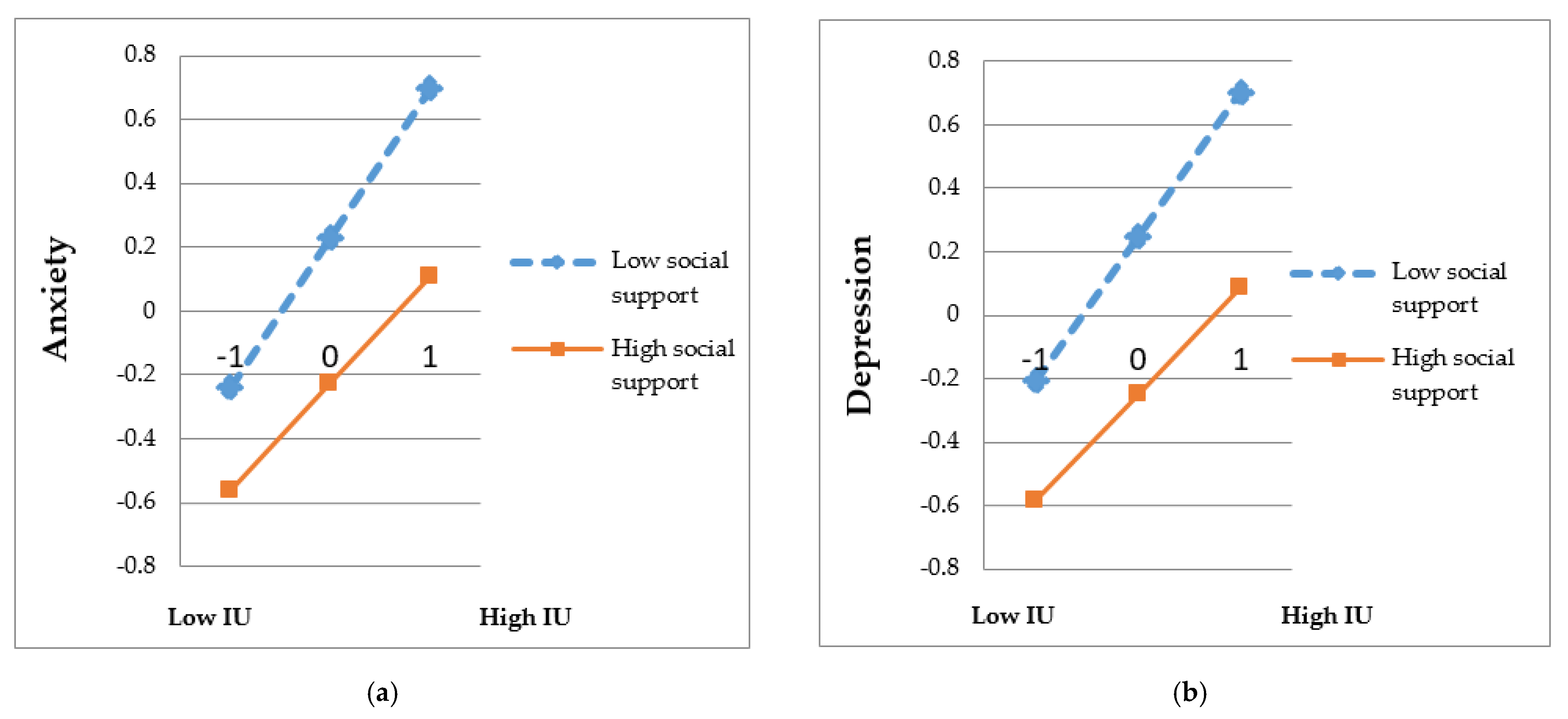

In this powerful, practical book, Wharton professor David Robertson illustrates how many well-known companies, including CarMax, GoPro, LEGO, Gatorade, Disney, USAA, Novo Nordisk, and many others, used this approach to stave off competitive threats and achieve great success. Crucially, unlike disruptive or radical innovation, innovating around a key product does not change the central product in any fundamental way. The complementary innovations work together as a system to carry out a single strategy or purpose. This distinctive approach has three key elements: It consists of creating a family of complementary innovations around a product or service, all of which work together to make that product more appealing and competitive.

This low-risk, high-reward strategy is an approach to innovation that all company leaders should understand so that they recognize it when their competitors practice it, and apply it when it will give them a competitive advantage.

The Power of Little Ideas argues there's a "third way" that is neither sustaining nor disruptive. "Disrupt yourself or be disrupted!" is the relentless message company leaders hear. The four decisions and why they're difficultĭecision 2: What is your business promise?ĭecision 4: How will you deliver your innovations?Ĭonventional wisdom today says that to survive, companies must move beyond incremental, sustaining innovation and invest in some form of radical innovation. LEGO and Apple Computer: masters of the third way How little innovations produce big results Includes bibliographical references and index. Subtitle on cover: Low-risk, high-reward approach to innovation Other contributors Lineback, Kent, 1943- author. The power of little ideas : a third way to innovate for market success / David Robertson with Kent Lineback.īoston, Massachusetts : Harvard Business Review Press,


 0 kommentar(er)
0 kommentar(er)
